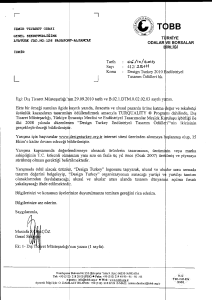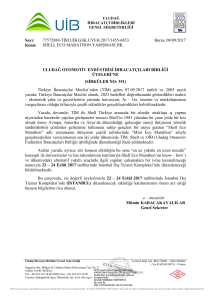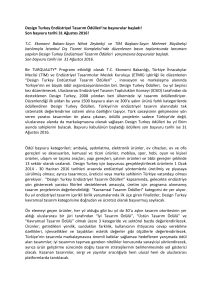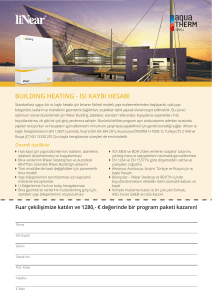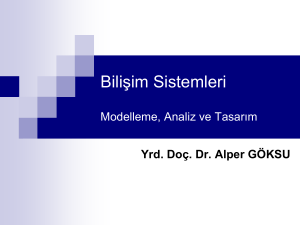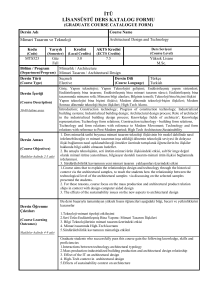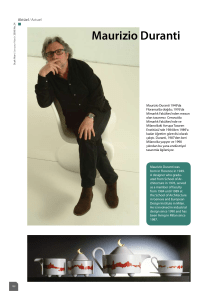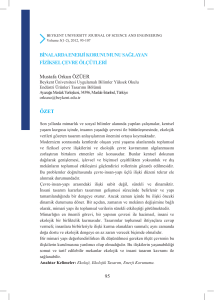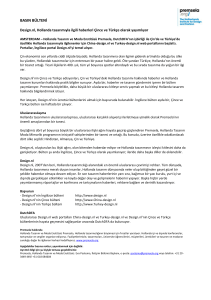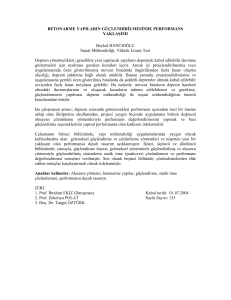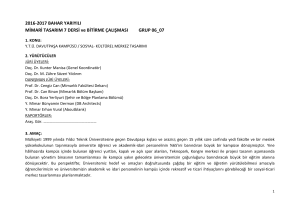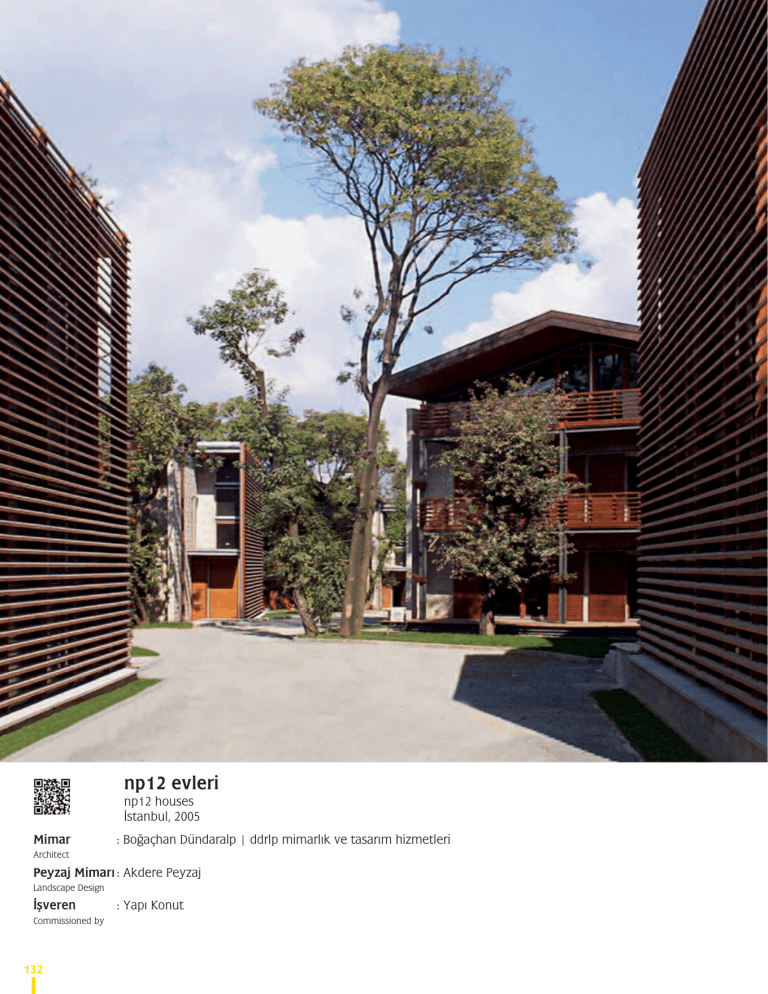
np12 evleri
np12 houses
İstanbul, 2005
Mimar: Boğaçhan Dündaralp | ddrlp mimarlık ve tasarım hizmetleri
Architect
Peyzaj Mimarı: Akdere Peyzaj
Landscape Design
İşveren: Yapı Konut
Commissioned by
132
Tasarım içeriğini iki temel soruya indirgedik: “Eldeki veriler içinden, kullanıcısı belli olmayan ticari konut ile nasıl yüzleşmeli?” ve “İçinde yer alacağı bağlamın bir parçası olabilmesi için evler ‘yer’ ile nasıl bir ilişki kurmalı?”. İlk soruya cevap olarak; iç mekânlarını
kullanıcının istediği gibi kuracağı, içeride hazırlanıp altyapı ve teknik kısma eklenerek
oluşturulacak ve dışarıdan değiştirilmesi gerekmeyecek kabuk sitemi geliştirildi. 300
konut alternatifi içeren bir sistem tasarımı oluşturuldu. İkinci olarak, yapının içinde bulunduğu Nafiz Paşa Köşkü’nün bahçesinde ağaç kesilmeden yapı kabuğunun katmanlı
olarak nasıl tasarlanabileceği araştırıldı. Seçilen malzemeler sayesinde, ağırdan hafife
katmanlı bir strüktür özel bir tektonikle yapılaştırıldı.
✎
İstanbul’un Altunizade semti 19. yüzyılın ikinci yarısında, geniş bahçeli yazlık av köşkleri
ile gelişmeye başlamıştır. Günümüzde Boğaziçi Köprüsü’nün Anadolu yakası çıkışında
konumlanması nedeniyle kentsel bir bağlantı noktası haline gelen semtte, bu köşklerin tescillenip ayakta kalabilenleri, kentsel doku içinde hâlâ seçilebilmektedir. Çamlıca
eteklerinde inşa edilen NP12 Evleri, ismini aldığı Nafiz Paşa Konağı’nın günümüze ulaşan
tarihi korusuna özenle yerleştirilen altıyapı blokundan oluşur. Tarihsel referansların belirgin olduğu bölgede, öykünmeci bir tavır yerine hümanist ve çevreci bir yaklaşımla korunun çok yıllık ağaçlarının izlerini koruyan, ağaç gövdelerinin tanımladığı boşluklarda
kurulu bir yerleşke dokusu benimsenir. Yapıların koru içindeki açılanmaları, birbirleriyle
ve doğayla kurdukları pozisyonel ilişkileri, kullanıcılar tarafından hemen algılanır.
“Ev” kavramının zihinlerde canlandırdığı ilk imge olan ortogonal kütle üzerinde üçgen
beşik çatı, NP12 Evleri’nin mimari dilinin oluşmasında etkili olmuş gibidir. “İlk konut”
olarak tanımlanan ve doğadaki işlevselliği taklit eden “ilkel kulübe” imgesinden güç alan
yapılar, biri zemin, diğeri beşik çatı altında, toplam dört katlı bitişik nizam iki birimden
oluşur. Bu imge, inşai mantık çerçevesinde parçalanır ve dışa doğru yeni katmanlar eklenir. Bu dış katmanlar, konutların yerle farklı ilişkiler kurmasını sağlar: Toprağa basan
ahşap teraslar, üst katlarda süreğen balkonlar, bodrum katın gömük avlusu, camdan
bir limonluk...
Yapım şirketinin kendi bünyesinde geliştirdiği teknoloji sayesinde, yapı kabuğu tümüyle
taşıyıcı olduğu için konut içi mekânlar bölüntüsüz, net, temiz bırakılır. Konutun dış cephe yalıtımlarının yanı sıra mekanik-tesisat donatıları da aynı teknolojinin olanaklarıyla
çözüldüğü için kolonların bölmediği iç mekânın netliğine, sıva-boya gerektirmeyen yapı
malzemeleri de katkıda bulunur. NP12 Evleri, benimsediği yapısal ve mimari yaklaşımla,
kullanıcısı belli olmayan konutlar için tasarımsal stratejiler geliştirmek konusunda ülkemizde öncül adımlardan birini atmıştır. Bir “zevk gösterisi” veya seçilen imgeler dağarının kişiye ve yere uyarlanması olan “dekorasyon etkinliği” için, mimari dili ve bütünlüğü
bozmadan kullanıcılarına nötr bir zemin sunar. Yapı kabuğuna yüklenen işlevlerden
sonra, çatıyla birlikte her yönden ışık alan ve her yöne farklı açılımlar yapan mekânlar,
kullanıcıların tüm istek, beklenti, kanaat, güdü, kapris ve benzeri duygu durumlarına
göre, müelliflerin sunduğu çok alternatifli mekân bölüntüleriyle biçimlendirilebilir. Kullanıcı bu olanaklar silsilesini dilerse kremalı pasta gibi katmanlaştırabilir, dilerse brüt
malzemenin sakin diline teslim olur.
133
The content of the design was reduced to two basic questions: How to reconcile the
design of the commercial residence with the unknown user and what relationship the
houses should establish with their “location” to become a part of their context. As a response to the first question, an outer shell system was developed, which allows users to
re-construct the interior space and the technical substructure without having to change
the exterior, achieved via a system design that allows 300 variations. Second, the design
process focused on how the buildings can be designed and positioned as a multi-layered
shell within the garden of Nafiz Paşa Mansion without cutting down any of the existing
trees. Using the selected materials, the multi-layered structure, with a range of massive
to lightweight layers, has been constructed with a special understanding of tectonics.
✎
During the second half of 19th century, the Altunizade district of Istanbul began to be
developed with hunting mansions with wide gardens used especially during the summer. Due to its present position as an urban connection point at the Anatolian exit of
the Bosphorus Bridge, the few mansions that have been registered for conservation and
thus survived can still be spotted within the urban pattern. Constructed on the slopes
of Çamlıca, NP12 Houses consists of six building blocks meticulously positioned within
the historical grove of Nafiz Paşa Mansion, which the project is named after. Within this
context, with explicit historical references rather than imitation, the designer adopts
a humanistic and environmentally-friendly approach that conserves the traces of the
aged tree pattern of the grove and positions the settlement at the voids defined by
the tree trunks. The relative angles of the masses and the positional relationships they
establish with each other and nature can instantly be perceived by users.
The most common typological imagery that is associated with the concept of “house”,
the gable roof positioned on an orthogonal mass, seems to have been influential in the
formation of the architectural language of NP12 houses. Inspired by the definition of
the “First House” and powered by the imagery of the “Primitive Hut”, the blocks consist
of two adjacent residential units, each with a total of four floors, one under the ground
and the one under the gable roof. This imagery is fragmented in accordance with the
constructional framework and new layers are added towards the outside. These exterior layers allow the houses to establish diverse relationships with the place: Wooden
deck terraces that rest on the ground, uninterrupted balconies on the upper levels, a
sunken courtyard for the basement floors, a glazed greenhouse...
With the potentialities of the building shell technology that the contractor company
has developed, the building shell, which is load-bearing, provides clear and undivided
complete spaces in the interiors. As the exterior insulation and the mechanical / electrical installations are resolved with the potentialities of the same system, the spatial clarity with no structural divisions is supported by the building materials, which do not require plaster and paint. With its structural and architectural approach, NP12 Houses has
taken a pioneering step in developing design strategies for residences with unknown
future users. Without destroying the architectural language and unity, they provide the
user with a neutral ground for “decoration”, a “show of tastes” or the adaptation of a
selected collection of images for a specific users and spaces. Besides the functionalized
building shell, the interior spaces that receive daylight from the roof and open out in diverse directions can be formed with several alternatives of interior partitioning offered
by the designers, based on the demands, expectations, convictions and motivations
of the prospective inhabitants. The users are free to take advantage of this multitude
of options: They can either use it to its full extent, in a multi-layered way like a cream
cake, or surrender to the serene language of the exposed materials.
1
2
134
135
1
2
136
3
4
137

